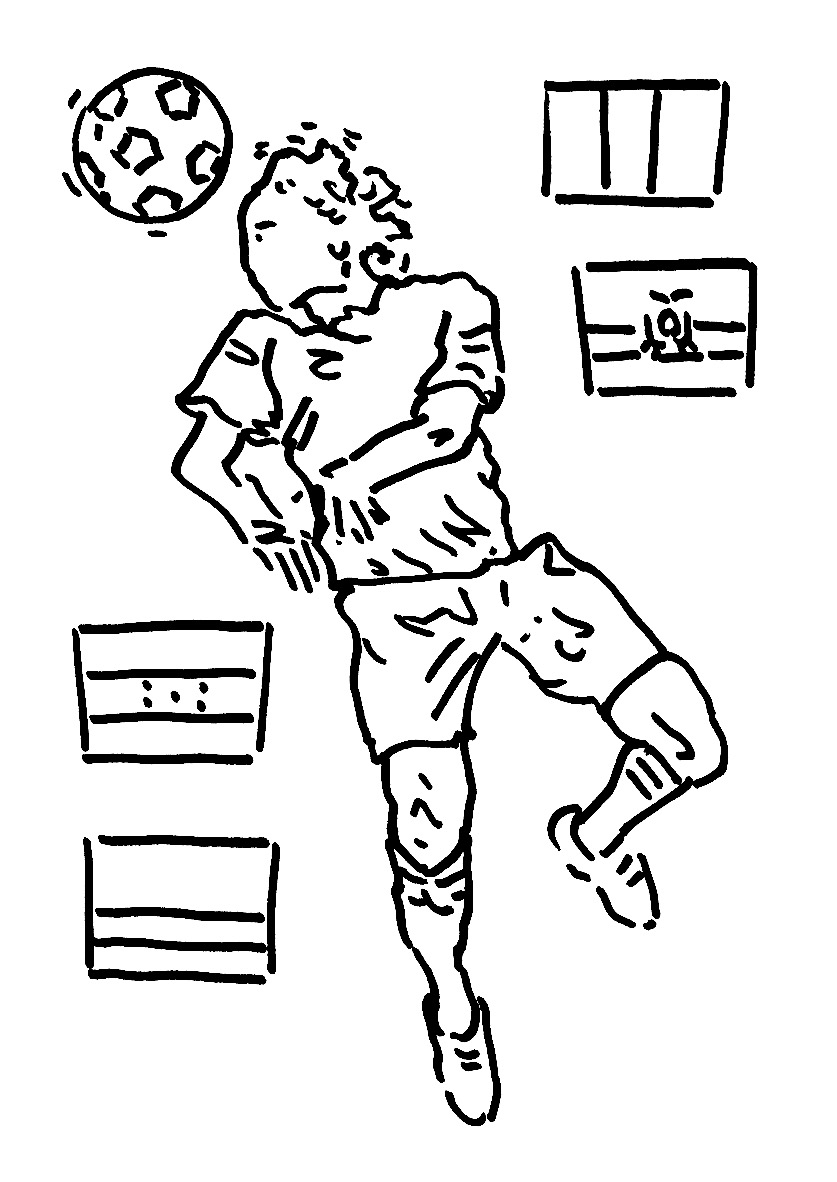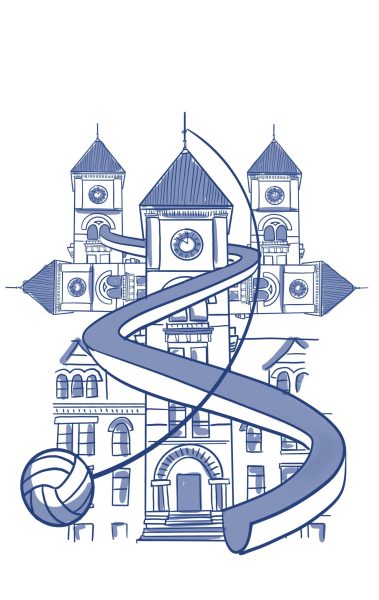Integration through Soccer
April 12, 2018
As the Uruguayan national soccer squad walked to the pitch, there was one man that caught the attention of many. On a team composed almost exclusively of players of European descent – like José Nasazzi and Héctor Scarone – José Leandro Andrade was the only black player on the field. With his speed and athleticism, Leandro had impressed soccer fans in both South America and Europe. The French press named him “the black marvel.” That summer, Leandro became the first black player to win the World Cup.
The history of Afro Latinos has been tied to sports in the last century. Soccer and Olympic squads of countries like Colombia, Honduras, Costa Rica, Ecuador and Peru tend to have a majority of black athletes, even though Afro Latinos represent only the 10 percent of their population.

Luis Padilla, a Walla Walla resident from Honduras, talked about life in Honduras. “In Honduras there was no such thing as segregation, unlike in the U.S. Blacks tend to live in the states of the Atlantic coast, but we never tried to separate people by race like in the U.S.,” Padilla said.
When talking about how the rest of the population viewed Afro Hondurans Padilla said, “we love them, in Honduras the term ‘negrito’ is not offensive, it is more about friendship. When playing soccer they called us ‘indios.’”
Whitman student Ludmila Cardoso de Brito, from Brazil, discussed the situation of black Brazilians. “The middle class in Brazil is mostly all mixed, which is my reality, but when it comes to the very very rich, the disparities are alarming,” Cardoso de Brito said.
Brazil was the last country in the Western hemisphere to abolish slavery, doing so in 1888. The end of slavery, however, was not the end of hard times for Afro Latinos. In most Latin American countries the governments were in hands of criollos, or descendants of Europeans.
In some countries like Mexico and Venezuela there was inclusion of blacks during the independence wars and in the government. Vicente Guerrero, Mexico’s second president, was of mixed race. While in Venezuela, Pedro Camejo became the first black lieutenant for the rebel army during the independence war.
However, after the independence wars, blacks and indigenous people were oppressed by the owners of the capital and the country. It wasn’t until the appearance of modern sports that blacks gained recognition from the government and society.
During his last visit to Chile, Hugo Reyes, a resident of Walla Walla, was very surprised. “Lots of Haitians have moved to Chile. They now have created neighborhoods and businesses,” Reyes said.
For Reyes the arrival of Haitians is a positive for the country. “I think it is great that Chile has new immigrants willing to work for a better life. We have an aging population and Haitian families are large. Their kids will soon be in charge of a country that needs young people,” Reyes explained.
Back in Uruguay, Leandro Andrade became an alcoholic and passed away poor and in debt. Even though newspapers around the world and in his country published his obituary, no one seemed to help him during his last days.
The history of Afro Latinos, like the history of the oppressed minorities of Latin America, seems to only matter when they do something remarkable or good for the country. They are left on their own by the government and rejected by some parts of the society. It is past due time to understand that the progress of our objectives and goals matters more than the color of our skin.








